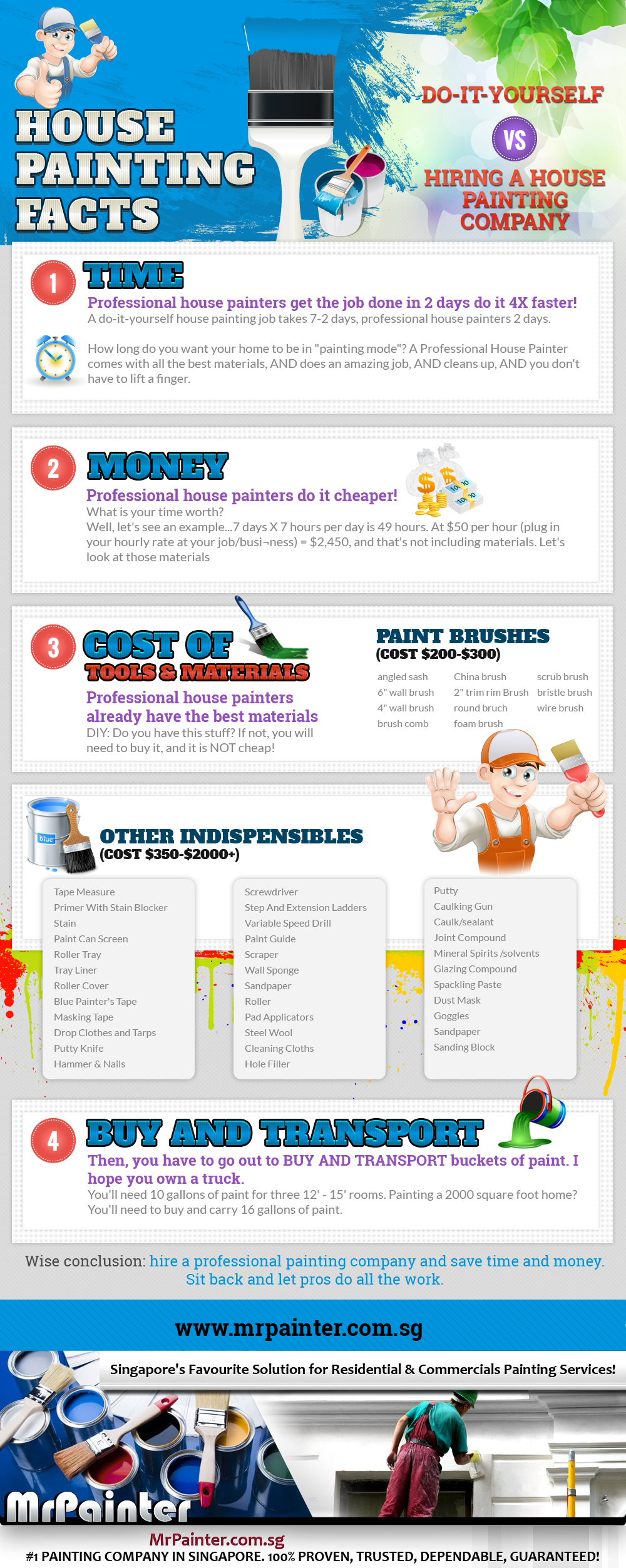Important Seasonal Aspects Of Commercial Outside Paint: What You Ought To Understand
Important Seasonal Aspects Of Commercial Outside Paint: What You Ought To Understand
Blog Article
Short Article Written By-Leach Rosendal
When you're planning a business external paint job, seasonal elements can make or damage your results. You'll want to think about just how temperature level and humidity impact paint application and drying times. Selecting the right season can guarantee your paint sticks appropriately and lasts longer. But which seasons are absolutely the best for this kind of job? Let's check out the crucial elements that can influence your project's success.
The Influence of Temperature on Paint Application
When you're preparing a commercial external paint project, the temperature level can significantly affect exactly how well the paint adheres and dries.
Ideally, you intend to paint when temperatures vary between 50 ° F and 85 ° F. If it's too cold, the paint may not cure effectively, resulting in concerns like peeling or cracking.
On the other side, if it's too warm, the paint can dry out as well rapidly, preventing proper bond and resulting in an uneven surface.
You need to additionally take into consideration the time of day; early morning or late afternoon uses cooler temperatures, which can be a lot more desirable.
Constantly examine the producer's recommendations for the certain paint you're using, as they frequently provide support on the excellent temperature array for optimal outcomes.
Humidity and Its Result on Drying Times
Temperature level isn't the only ecological factor that affects your business outside painting project; moisture plays a substantial role as well. High humidity levels can slow down drying times considerably, impacting the overall quality of your paint work.
When the air is saturated with dampness, the paint takes longer to treat, which can bring about issues like bad bond and a higher threat of mold growth. If you're repainting on a specifically humid day, be planned for extended delay times in between coats.
It's vital to keep track of regional weather and plan accordingly. Preferably, aim for moisture levels between 40% and 70% for optimum drying.
Keeping these factors in mind guarantees your project stays on track and delivers a lasting finish.
Best Seasons for Commercial Exterior Painting Projects
What's the very best season for your business exterior paint jobs?
Spring and early fall are normally your best choices. During these periods, temperature levels are light, and humidity degrees are frequently lower, producing suitable problems for paint application and drying out.
Stay clear of summertime's intense heat, which can cause paint to completely dry as well promptly, leading to poor bond and finish. Similarly, winter season's cool temperature levels can impede appropriate drying out and healing, running the risk of the durability of your paint task.
Aim for days with temperatures in between 50 ° F and 85 ° F for ideal outcomes. Keep in get more info to inspect the local weather report for rainfall, as wet conditions can spoil your task.
https://local-painters-near-me98876.ssnblog.com/33481688/in-your-journey-to-attain-a-rejuvenated-visual-for-your-home-learn-the-crucial-techniques-for-picking-the-appropriate-paint-shades-and-preparing-your-atmosphere-for-a-remodeling around these elements ensures your paint project runs smoothly and lasts much longer.
Conclusion
To conclude, preparing your business external painting tasks around seasonal factors to consider can make a significant distinction in the outcome. By scheduling job during the ideal temperature levels and moisture levels, you'll make sure better bond and drying out times. Bear in mind to keep an eye on local weather forecasts and select the right time of year-- spring and early autumn are your best choices. Taking these actions will aid you achieve a resilient and professional coating that lasts.
